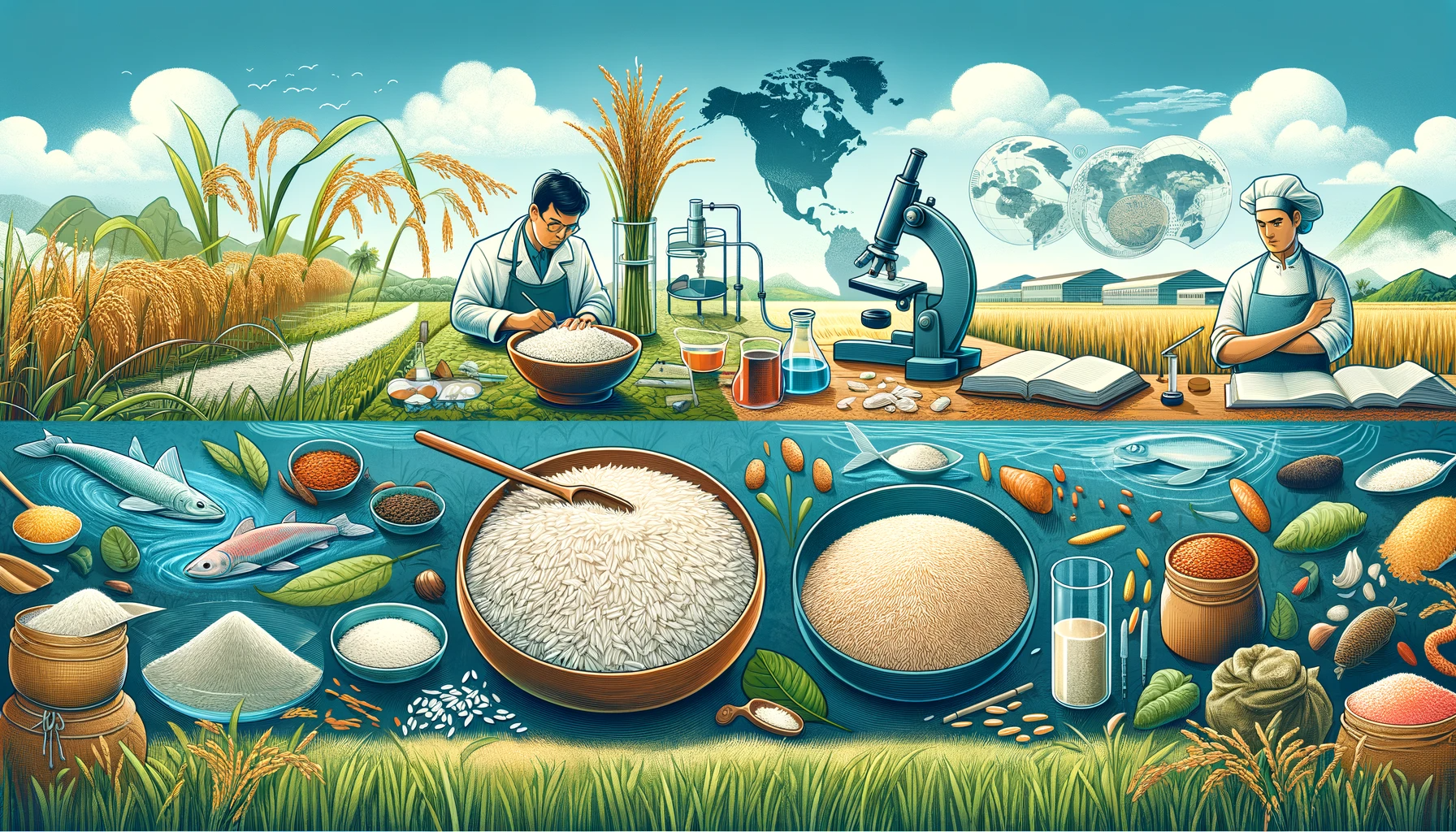In a world where diversity is celebrated and cultures intertwine, one common thread binds us all – the love for food. Rice, a staple in many cultures, holds a special place not just as a dietary staple but also as an integral part of cultural festivals around the world. From Asia to Latin America, rice plays a significant role in various festivities, often taking center stage in mouthwatering dishes that represent tradition, heritage, and celebration.
The Universal Appeal of Rice
Rice, with its versatility, affordability, and adaptability, has made its way into numerous cultural celebrations. Whether it’s a religious festival, a harvest celebration, or a special occasion, rice-based dishes are ubiquitous, offering a glimpse into the heart and soul of the culture they represent.
Rice in Asian Festivals
Asia, often referred to as the “rice bowl” of the world, has a rich tapestry of festivals where rice is the star ingredient. Let’s explore some of the most iconic rice dishes associated with Asian celebrations:
1. Japanese Sakura Mochi
- Cherry Blossom Season Delicacy
- Sakura Mochi, a sweet rice cake wrapped in a pickled cherry blossom leaf, is a symbol of spring in Japan. It’s traditionally enjoyed during Hanami, the cherry blossom viewing festival, celebrating the fleeting beauty of cherry blossoms.
2. Thai Khao Niew Mamuang (Sticky Rice with Mango)
- The Taste of Thai Summer
- This delectable dessert made from glutinous rice and ripe mangoes is a must-have during Songkran, the Thai New Year. It symbolizes the sweet beginnings and abundant blessings for the year ahead.
Rice in Latin American Festivals
The Latin American culture, too, reveres rice in its vibrant festivals. Rice-based dishes are often an integral part of celebrations, creating a sense of unity and shared joy.
1. Mexican Tamales
- Wrapped Goodness for Christmas
- Tamales, a traditional Mexican dish made with masa (corn dough) and filled with a variety of ingredients, are a staple during Christmas celebrations. It’s a symbol of love and togetherness as families gather to prepare them.
2. Colombian Arroz con Coco (Coconut Rice)
- A Caribbean Twist on Tradition
- Arroz con Coco, a flavorful coconut rice dish, is a beloved specialty during Colombian festivals. It’s often served at events like Carnaval de Barranquilla, adding a tropical touch to the festivities.
The Symbolism of Rice in Festivals
Rice isn’t just a culinary delight during cultural festivals; it carries deep symbolism too. Here are some common themes associated with rice in celebrations:
1. Fertility and Prosperity
- Many festivals include rice dishes as a symbol of fertility and abundance. The act of sowing, harvesting, and consuming rice signifies the cycle of life and the hope for a bountiful future.
2. Unity and Togetherness
- Rice-based dishes often require teamwork and collaboration in their preparation. This fosters a sense of community and togetherness, reinforcing the idea of celebrating as one.
3. Heritage Preservation
- Traditional rice recipes are passed down through generations, serving as a link to cultural heritage. Festivals provide the perfect platform to showcase and preserve these culinary traditions.
Conclusion
Rice is not just a humble grain; it’s a symbol of cultural richness and celebration around the world. Whether it’s the sweet Sakura Mochi in Japan or the savory Tamales in Mexico, rice-based dishes unite people in their celebrations, showcasing the beauty of diversity and tradition. So, the next time you enjoy a rice dish at a cultural festival, remember that you are not just savoring a meal; you are partaking in a centuries-old tradition that speaks to the heart and soul of a culture.
